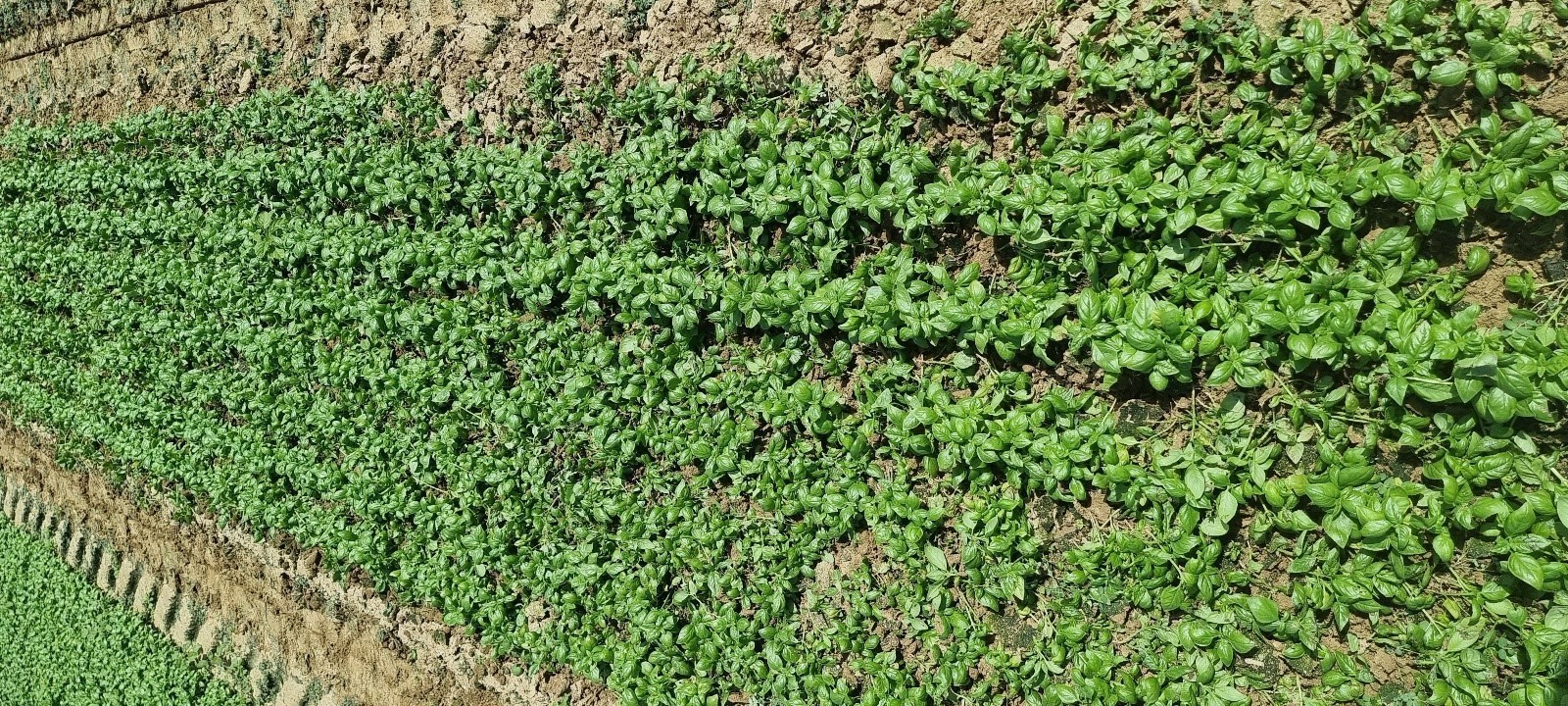
Timely Strategies for Weed Control
Weed management poses a crucial challenge for farmers. The repeated use of chemical herbicides has led to the emergence of resistant plants (such as purslane or amaranth, to name a few), necessitating careful control strategies throughout the year. In this article, we will explore the importance of timely weed management and how mechanical weeding, such as hoeing, can be a powerful tool against this problem.
Herbicide Resistance and Selection of Resistant Plants
Herbicide resistance is a natural phenomenon that occurs when certain plants survive the doses normally used for weed control. The continuous use of herbicides with the same mechanism of action promotes the survival of resistant plants, while sensitive ones are eliminated. Over time, this selection has led to the formation of increasingly resistant weed populations.
Weed Management: An Annual and Timely Task
Even with careful management, herbicide resistance can persist for several years, thanks to the presence of seeds in the soil. Therefore, it is essential to manage weeds throughout the year, especially during the early stages of germination, to prevent constant establishment and proliferation of resistant plants.
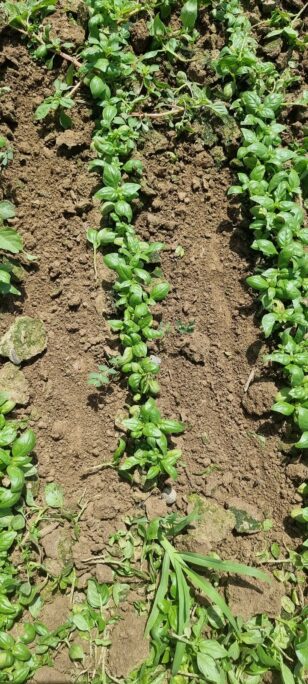
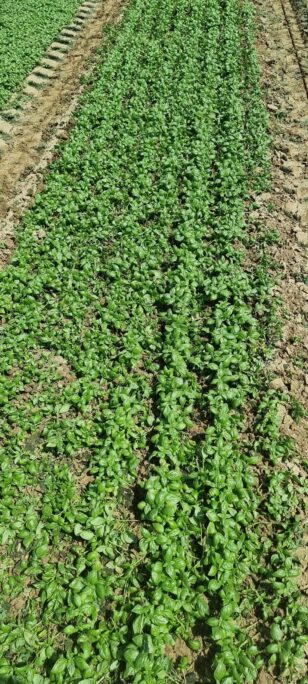
Figure 1 – Weeds resistant to active ingredients of chemical herbicides Figure 2 – Field infested by a resistant population (abutilon on basil) basil)
Thermal Inversion and Its Implications on Weed Infestation
In addition to herbicide resistance, climate change and extreme weather conditions, such as thermal inversion, further complicate the problem. Thermal inversion causes sudden seasonal changes in short periods, stimulating the germination of new weeds. This situation leads to the presence of various growth stages of weeds in the same field.
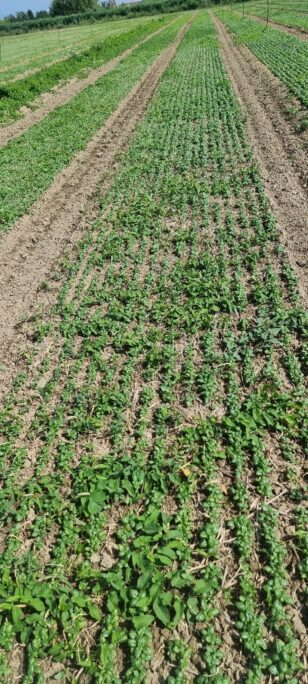
Figure 3 – Field with weeds at different stages
Defeating Weeds with Hoeing – Mechanical weeding
In situations of thermal inversion and multiple weed germinations, traditional approaches may not be sufficient. Hoeing, as a mechanical weeding method, proves to be an effective solution. By eliminating weeds during the germination phase, hoeing disrupts the selection cycle and prevents weeds from proliferating.
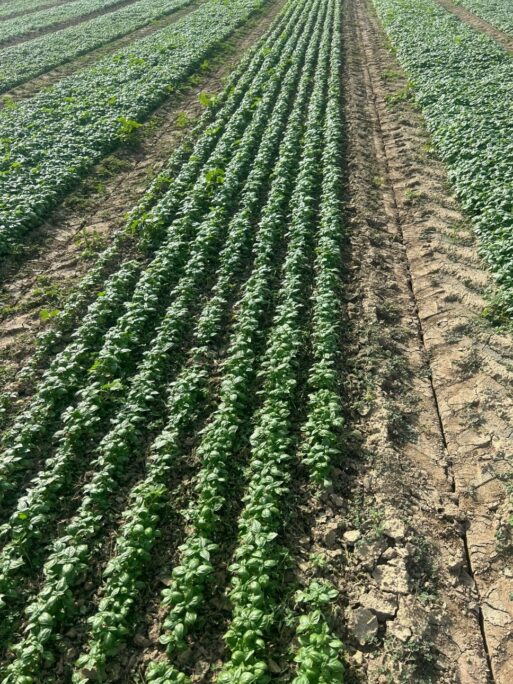
Figure 4 – Basil after 3 days from the first hoeing
The Positive Effects of Timely Hoeing
Timely hoeing offers numerous benefits for both organic and conventional crops. By eliminating all weeds without selection, it frees up space and nutrients for the growth of cultivated plants. With regular hoeing passes, the seed bank in the soil will diminish, creating a favorable environment for crop development year after year.
Conclusion:
Agriculture requires careful weed management, especially with the additional challenges of herbicide resistance and thermal inversion. Hoeing proves to be a timely and effective solution for preserving crop health, eliminating weeds without harming the environment. By adopting this practice as an integral part of the cultivation process, farmers can ensure sustainable and high-quality production. Timeliness is the key to success in organic agriculture!
Are you facing the same problem and need assistance?
Don’t hesitate to contact us!
Our team of experts is ready to listen to your needs and provide the necessary assistance to solve the problem. Don’t let difficulties hold you back; together, we can find a way out!
For more information:
Contact us
